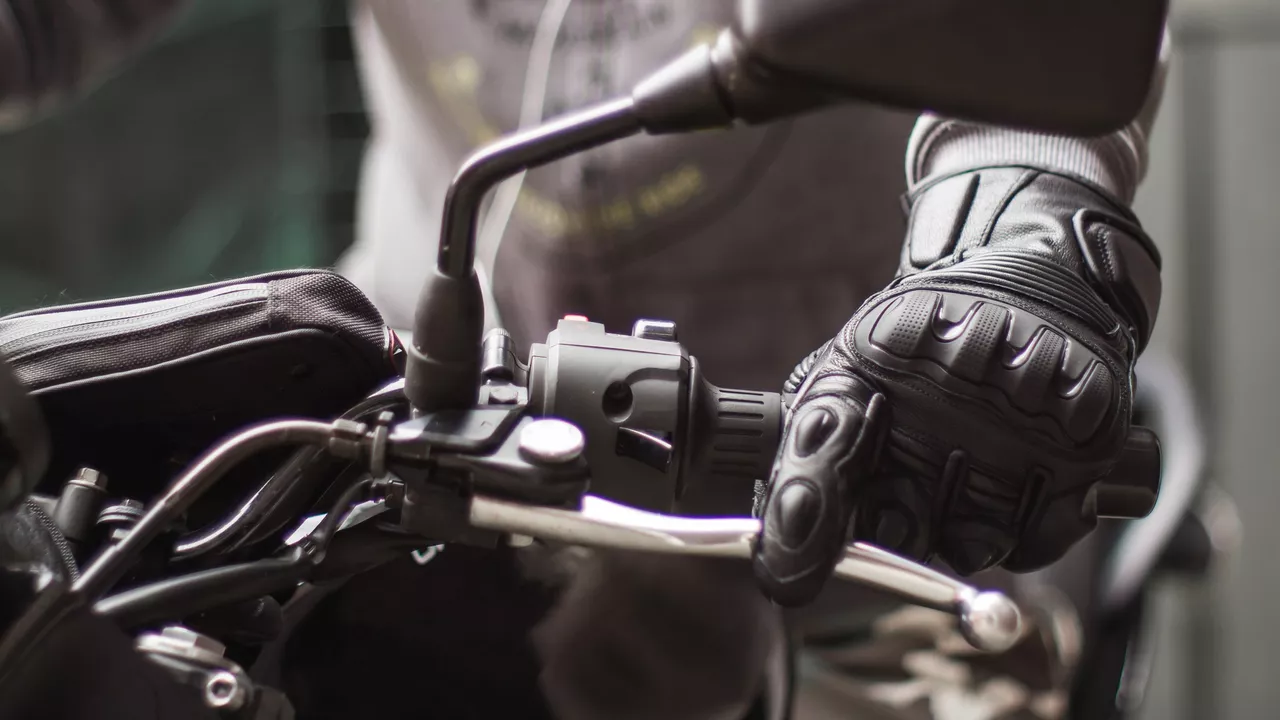Preventing Tipping Over: Straightforward Tips for Every Rider
Ever felt your bike wobble on a curve and thought, “That could have gone bad”? You’re not alone. Tipping over is one of the most common reasons riders lose control, but it’s something you can fight with a few easy habits.
Check Your Bike’s Setup
Start with the basics. Make sure tire pressure matches the manufacturer’s recommendation – too high or too low makes the contact patch uneven, and the bike can feel loose. A quick press on the tire with your thumb tells you if it’s too soft, but a pressure gauge gives the exact number.
Suspension also matters. If the front fork is sagging too far, the bike leans early and can tip on steep inclines. Adjust preload so the fork sits level when you sit on the bike, then ride a bit to fine‑tune it. Same goes for the rear shock – a proper set‑up keeps the chassis stable when you brake hard.
Rider Position and Body Work
Your body is the biggest stabiliser you have. When you’re entering a turn, keep your head up and look where you want to go. Your eyes naturally guide the bike, and looking low makes the front wheel want to point the same way.
Shift weight to the inside of the turn. Drop your inside shoulder a notch, stick your hip in, and let the bike do the work. Avoid leaning too far forward or back; both can unload a tire and increase the chance of a tip‑over.
Throttle control is key. Smoothly roll on the throttle as you exit a corner – a sudden burst can make the rear wheel spin, especially on loose surfaces, and the bike may wheel‑ie or skid.
Practice Slow‑Speed Maneuvers
Most tips focus on high‑speed cornering, but many tip‑overs happen at low speed – think parking lots or tight city bends. Practice “low‑speed balance” drills: ride in a figure‑eight at walking pace, using tiny throttle inputs to keep the bike steady. This trains your muscles to react quickly when the bike starts to sway.
Try a “counter‑steer” exercise. When the bike leans too far, gently apply a small input opposite the direction of the lean. It feels odd at first, but it helps you regain balance before a tip‑over happens.
Know the Road Conditions
Wet pavement, gravel, and oil patches strip grip. Slow down before you hit them and increase following distance. If you sense a slick, keep the front brake light – a gentle front brake can keep the bike planted, but avoid hard braking that could lock the wheel.
When riding off‑road, keep the weight centered and move slowly over obstacles. Hitting a rock too fast can launch the front wheel, making the bike tip forward.
Maintain Confidence, Not Aggression
Confidence comes from doing the basics right. Don’t try to push the bike beyond what the setup and your skill level allow. If a corner feels tight, brake earlier and take a wider line – it’s safer than fighting the bike’s natural limits.
Remember, preventing tipping over isn’t about flashy tricks. It’s about a solid bike, a relaxed body, smooth inputs, and respecting the road. Keep these points in mind, and you’ll notice fewer wobble moments and more enjoyable rides.
How do motorcycle racers lean so far without tipping over?
Well folks, I bet you've all watched those daring motorcycle racers and asked, "How in the roaring engines do they lean that far without kissing the pavement?" It's all about balance, physics, and a good dose of courage, my friends! They play a thrilling game with gravity, tilting their bikes at an angle where they can maintain their speed without losing control. The tires, oh those round beauties, they're designed with a specific grip that keeps them stable even at those crazy angles. So, next time you see a racer leaning precariously, just remember - they're not defying the rules, they're simply bending them like a pretzel!









